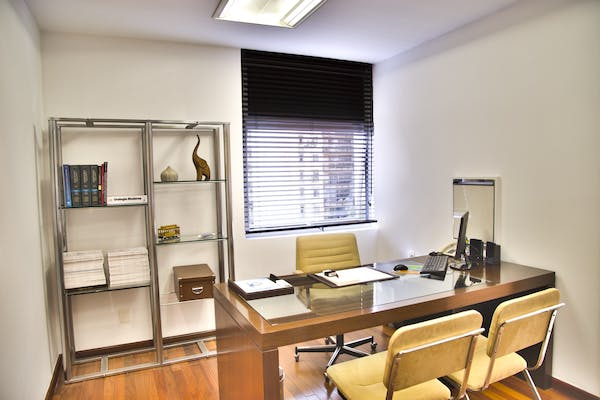Humidity – the amount of moisture vapor in the air – affects nearly every element in the workplace, including the walls. When the humidity rises, moisture will saturate the walls, causing a wide range of related problems (we’ll get to that later). On the other hand, low humidity can prove equally as disastrous, drawing the valuable moisture out of the walls and into the air. To learn more about the effects of humidity on interior walls, and how to preserve the integrity of your walls, keep reading.
Relative Humidity Matters
Although you can’t see it, moisture is all around us in the form of airborne water vapor. Relative humidity (RH) is defined as the amount of moisture vapor in a given section of air compared to the total amount of moisture vapor the air can hold at the temperature. Because warmer air is less dense, it’s unable to hold as much moisture; therefore, it tends to exhibit a lower RH when compared to cooler.
Relative humidity fluctuates wildly depending on a number of different factors. A “normal” RH, however, would be somewhere in the ballpark of 30-40%. When the RH increased beyond this amount or drops below this amount, problems begin to arise.
The Impact On Walls
If you work in an office or building that suffers from a high relative humidity, you may notice condensation forming on the walls and windows – the same phenomenon that occurs to bathroom windows you take a hot shower. Over time, this moisture will settle into the walls, causing damage to both the paint and the actual wooden structure. And if left untreated, it can cause the wooden studs to rot while subsequently promoting the growth of mold and mildew. To make matters worse, there’s no easy fix for rotted wood, other than replacing the affected boards.
Of course, low humidity also causes problems to interior walls (among other things). When there’s minimal moisture vapor in the air, it will attempt to draw moisture from its surroundings, including the walls. Small amounts of moisture is perfectly fine and even beneficial for walls, as it prevents it from drying out. When exposed to low humid environments over a prolonged length of time, however, it may cause the walls to crack open.
To prevent humidity-related damage from occurring to your walls, you should get into the habit of monitoring the relative humidity on a regular basis. As previously stated, an ideal RH for most indoor environments is 30-40%.





